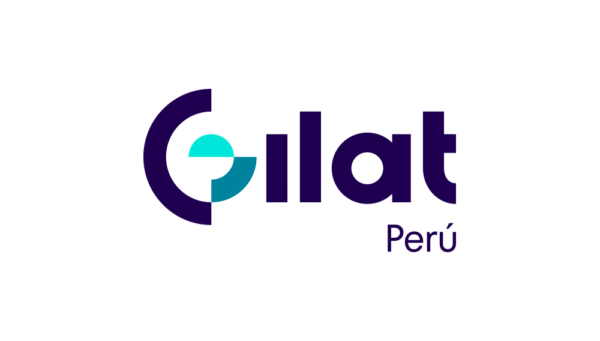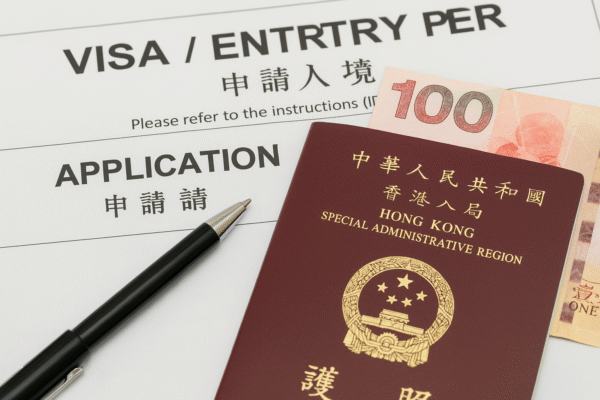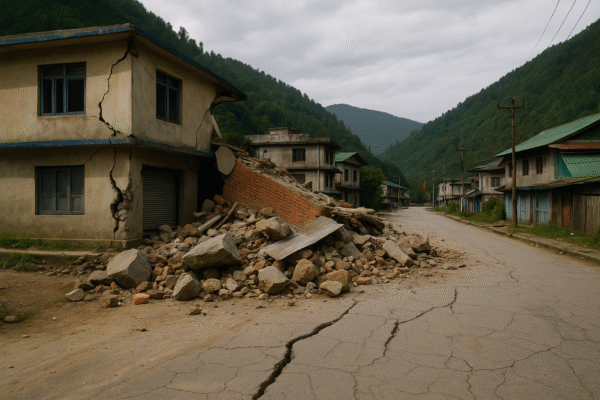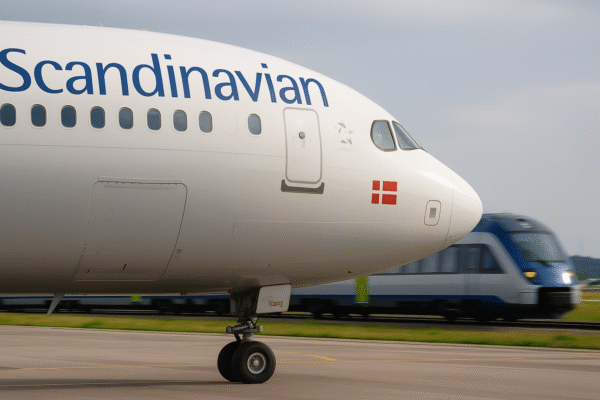In a transformative step toward digital inclusion, Gilat Satellite Networks’ Peruvian branch, Gilat Perú, has signed a $25 million agreement with Pronatel, the national telecommunications program of Peru. The project will modernize internet infrastructure in the Cusco region, bringing reliable, high-speed connectivity to public institutions and underserved communities.
Transforming Connectivity Across Cusco
Over the next 12 months, Gilat Perú will upgrade and expand the regional broadband network in Cusco. This initiative will deliver 200 Mbps high-speed internet to 208 public institutions, including schools, clinics, and police stations. The agreement also guarantees operational support for five years after completion, ensuring that the investment provides lasting benefits.
In addition to institutional access, the plan will create 69 free public WiFi hotspots. These hotspots will serve communities in remote villages, offering open internet access to thousands of residents who have long been excluded from Peru’s digital growth.
Empowering Education, Healthcare, and Public Safety
The new connectivity will have a direct impact on critical public services across Cusco. Schools will gain access to digital resources, online classes, and collaborative learning platforms, creating opportunities for students to engage with the same tools available in urban areas.
Health centers will be able to expand telemedicine services, enabling quicker diagnoses and consultations with specialists, improving healthcare quality and response times in remote locations. Police stations, meanwhile, will benefit from improved communication systems that strengthen emergency responses and enhance safety throughout the region.
For children, this means better access to education. For patients, it translates to timely care. And for communities, it ensures a stronger sense of security supported by advanced digital tools.
Public WiFi Hotspots: Connecting Communities
Perhaps the most community-focused aspect of the project is the creation of 69 public WiFi hotspots across the region. These hotspots will give free access to mobile devices and laptops, offering new opportunities for residents in areas where private internet is still a luxury.
Entrepreneurs will be able to manage small businesses more efficiently, students can engage in online learning, and families can stay connected with loved ones. This democratization of access ensures that digital growth benefits everyone, not just those who can afford private plans.
Strengthening the Public–Private Partnership
This initiative reflects a strong partnership between Gilat and the Peruvian government. Pronatel is dedicated to closing the digital divide across the country, while Gilat brings decades of expertise in deploying satellite and broadband solutions across challenging terrains.
The mountainous geography of the Cusco region often makes connectivity a challenge, but Gilat’s specialized technology ensures reliable coverage, even in the most remote villages. This collaboration is a clear example of how public-private partnerships can deliver measurable improvements to underserved areas.
A Statement of Commitment
Gilat’s leadership emphasizes that this project is about more than just technology. It represents a long-term commitment to Peru and its people. By providing fast, reliable internet access, Gilat is contributing to the development of education, healthcare, and public safety in rural regions.
This project builds on years of successful collaborations between Gilat and Peru, reinforcing the company’s role as a trusted partner in advancing connectivity and bridging the digital divide.
Building the Foundation for Future Growth
Beyond immediate benefits, the new broadband infrastructure is designed for scalability. As technology evolves and demands for bandwidth grow, this upgraded system will support even faster speeds and greater reliability.
By investing today, Cusco is positioning itself for sustained growth and development. In the future, this digital backbone will help attract investment, support local businesses, and foster innovation in fields ranging from agriculture to tourism.
The Importance of Digital Inclusion
Digital inclusion is about much more than access to technology. It represents access to opportunities, resources, and services that can transform lives. In many rural areas of Cusco, lack of connectivity has limited access to online education, modern healthcare tools, and economic opportunities.
With this initiative, those barriers are breaking down. High-speed internet will no longer be a privilege for a select few but a resource available to all, empowering entire communities to participate in the digital economy.
A Step in Peru’s National Connectivity Strategy
This project aligns with Peru’s broader efforts to expand digital infrastructure throughout the country. From coastal cities to Andean villages and Amazonian communities, initiatives are underway to ensure that every region gains access to modern, reliable internet services.
Gilat’s project in Cusco is a cornerstone of this national strategy, highlighting how strategic investment and collaboration can accelerate progress toward universal connectivity.
A Model for the Future
The success of this project could serve as a model for other regions in Peru and even for other countries in Latin America facing similar challenges. By leveraging advanced satellite technology and local expertise, Gilat and Pronatel are proving that even the most remote communities can be seamlessly integrated into the digital world.
Conclusion: Connecting Cusco to the Future
Gilat’s $25 million initiative is more than an investment in technology; it is an investment in people and progress. By delivering 200 Mbps connectivity to public institutions and establishing 69 public WiFi hotspots, this project will strengthen education, healthcare, and safety while unlocking new economic and social opportunities.
As Cusco embraces this digital transformation, it moves closer to a future where high-speed connectivity is a shared right, and where every citizen—no matter how remote their location—has the tools to thrive in a digital age.
For more travel news like this, keep reading Global Travel Wire















